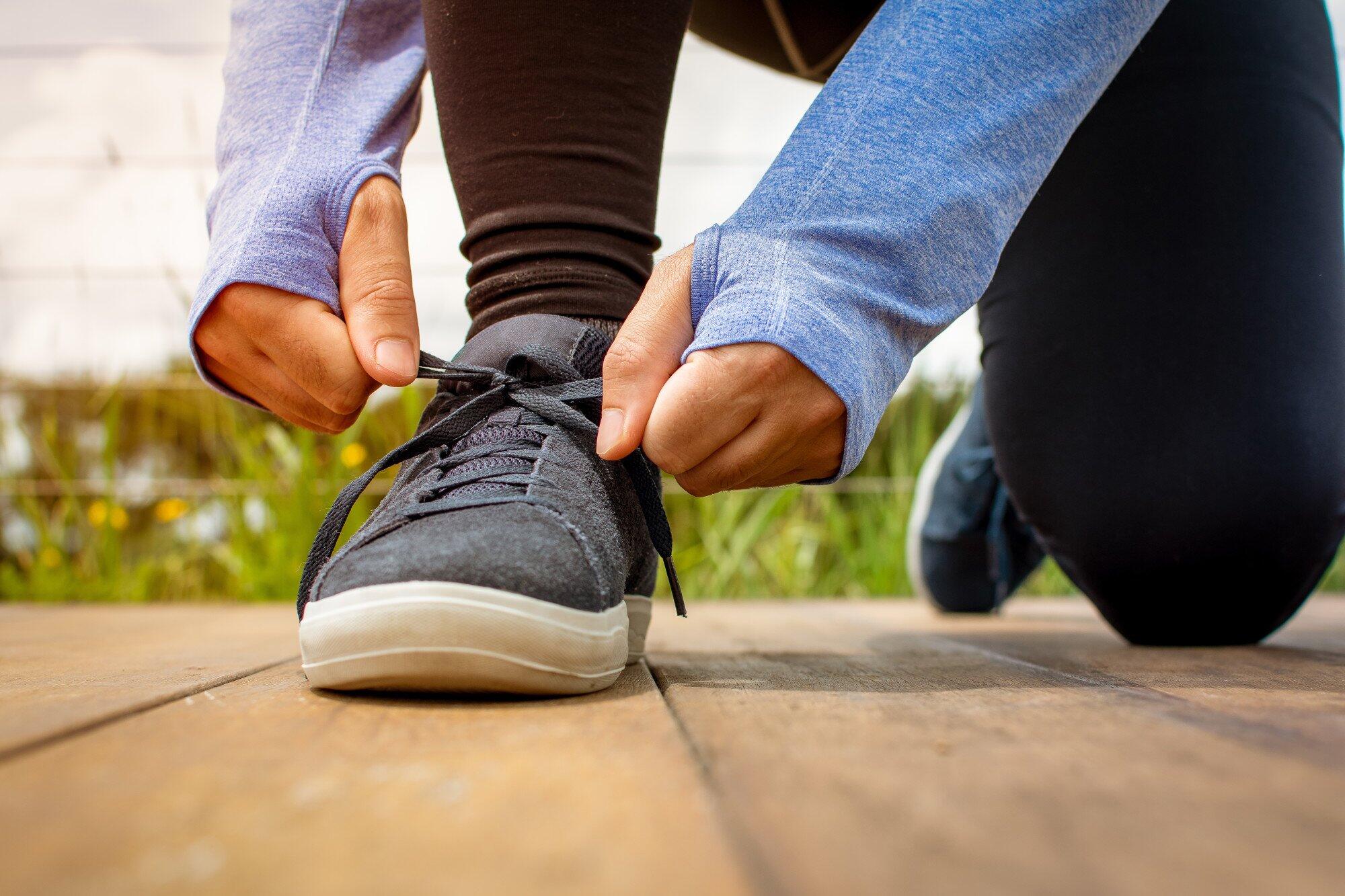
Feeling the tingle in your feet? Diabetes can bring on a whole host of challenges, and foot pain from neuropathy is a real drag. But don’t give up on your active lifestyle.
Finding the best shoes for diabetics with neuropathy can make a world of difference. Imagine comfy, supportive shoes that cradle your feet and keep you feeling confident all day long.
This guide is here to help you navigate the world of diabetic footwear and find the perfect pair to get you back on your feet and feeling your best.
When living with diabetes, especially if you’re dealing with type II diabetes, finding the right shoes is crucial. The best shoes for diabetics with neuropathy should feel like a soft hug on your feet.
Imagine slipping your foot into a shoe that gently supports every curve and arch without any pressure points. That’s the comfort you’re looking for.
This isn’t just about feeling good. It’s about avoiding complications that could add to your medical expenses down the line. Comfortable shoes help prevent blisters and sores, which are harder for your body to heal.
A good fit is the cornerstone of comfort and foot health.
Neuropathy can affect how you feel your feet, making it even more important to avoid shoes that pinch, rub, or cause blisters. Think about it – ill-fitting shoes can create pressure points that lead to pain, irritation, and even serious complications like ulcers.
A snug but not tight fit is the sweet spot. Your toes should have a little wiggle room for natural movement, and the heel shouldn’t slip when you walk. This ensures proper support and stability, reducing the risk of falls and injuries.
Choosing shoes for neuropathy means paying attention to how they feel from the moment you try them on.
If you’re living with diabetes, you already know your feet might not send the usual signals of discomfort until it’s too late. So, opt for shoes that have a cushioned sole and enough room to move your toes freely.
Remember, what feels snug and cozy at first try is what you’re aiming for.
Good support is non-negotiable when selecting shoes for people living with prediabetes or diabetes. The right pair will help distribute your weight evenly, reducing the stress on any one part of your foot. This is particularly important for those with type II diabetes, as your feet might be more prone to changes in shape and sensitivity due to neuropathy.
Supportive shoes can mitigate these issues, keeping you comfortable and active without worrying about your feet.
Look for shoes designed with arch support and a firm heel. This combination works wonders in keeping your posture aligned and your gait steady, lessening the risk of foot injuries. Reducing the risk of injuries not only keeps you on your feet but also helps manage potential medical expenses associated with living with diabetes.
When you’re on the hunt for the best shoes for diabetic neuropathy, don’t overlook the importance of seamless construction. This might sound a bit technical, but it’s actually quite simple and makes a huge difference in how your shoes feel.
Imagine wearing a shoe that doesn’t rub or irritate your skin because there are no rough seams to contend with. This is especially vital if you have type II diabetes, as your feet are more susceptible to sores and infections.
Seamless shoes offer a smooth interior that drastically reduces the risk of blisters and skin breakdowns. For those managing type II diabetes, this feature is invaluable. Your wounds may heal slower, making prevention the best approach.
Seamless construction ensures that even if you spend a long day on your feet, your shoes will work with you, not against you. This level of comfort can improve your daily life in a big way.
Breathability in shoes for neuropathy cannot be overlooked. When your feet stay dry and cool, you’re less likely to develop fungal infections or skin irritations. This is crucial for those living with diabetes, as your skin may be more vulnerable and healing might take longer.
Shoes made from natural materials like leather or breathable synthetic fabrics are your best bet. They allow air to circulate, keeping moisture at bay and your feet happy.
A breathable shoe also means a healthier environment for your feet. This reduces the chance of unwanted odors and keeps you comfortable throughout the day. This is particularly important if you’re on your feet a lot or live in a warmer climate.
Happy feet lead to a happier you. This helps to minimize disruptions to your daily life while keeping medical expenses for skin-related issues in check.
For anyone dealing with diabetic cellulitis, shoes that are easy to put on and take off are a godsend. Shoes for neuropathy should not make you strain or bend excessively because this could lead to balance issues or falls.
Look for shoes with adjustable straps, slip-on designs, or zippers. These features can make a world of difference in your daily routine, providing independence and ease.
Ease of use also extends to maintenance. Shoes for diabetics should be easy to clean and maintain, allowing you to keep them in optimal condition without much hassle. This simplicity helps extend the life of your shoes, offering better value for money and preventing foot problems before they start.
While these tips can help, consulting your doctor is essential for choosing the best shoes for diabetics with neuropathy. They can assess your specific needs and recommend the best options for managing your condition. After all, they’re your partner in keeping you healthy.
At Family Medicine Austin, we offer a wide range of professional services to cater to the healthcare needs of different individuals and families. From preventive services to diagnostic and disease management, our expert medical team do it all.
Feel free to get in touch with us to discuss how we can be your trusted healthcare partner.